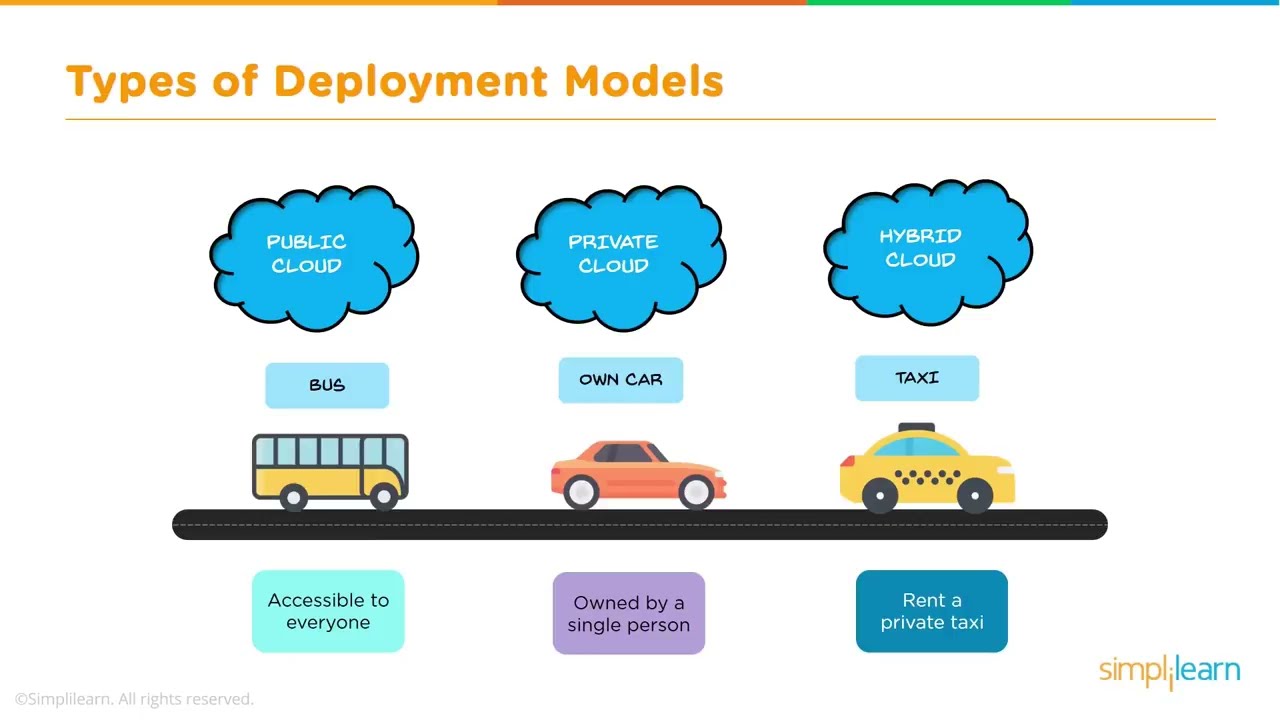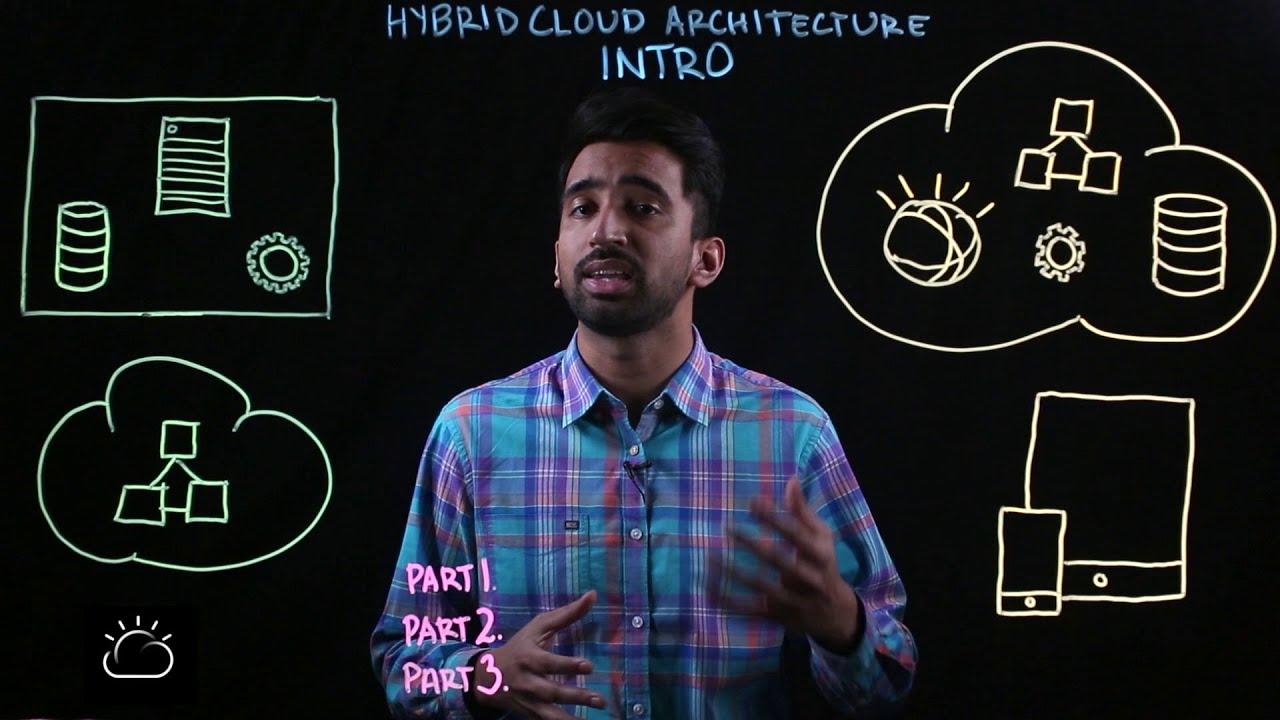Hybrid Cloud Applications The Pros and Cons of Perplexity and Burstiness
26.10.2023
Cloud Computing
As businesses grow, they have to deal with a growing amount of data, which requires advanced infrastructure and management. Hybrid cloud applications are an effective solution that combines the benefits of public and private cloud environments. It allows companies to store their sensitive data in a more secure environment while also using the power of public clouds to scale services.
However, there are some challenges in managing hybrid cloud applications, such as perplexity and burstiness. In this article, we’ll explore what these terms mean, how they affect hybrid cloud applications, and the pros and cons of dealing with them.
What is Perplexity and How Does it Affect Hybrid Cloud Applications?
Perplexity refers to the relative uncertainty of a language model when predicting the next word in a sequence. It measures how well a language model can identify the correct word from a set of possible choices.
Whereas a lot hype has been produced concerning the speedy tempo of enterprise cloud deployments, in actuality we estimate lower than 25 % of enterprise workloads are at the moment being run within the cloud. That doesn’t negate the significance of the expansion of cloud computing – however it does set some parameters round simply how prevalent it at the moment is, and the way troublesome it's to maneuver enterprise workloads to a cloud structure.
In the context of hybrid cloud applications, perplexity affects the accuracy of machine learning models that are used for various tasks, such as natural language processing, anomaly detection, and predictive maintenance. When the perplexity of a model is high, it means that it’s less accurate in predicting the outcomes of these tasks.
After years of shifting functions to the general public cloud, enterprises understand it’s not the proper match for each app and are pulling a few of them again to personal clouds, forcing the companies to undertake a hybrid technique. Nevertheless it’s not a straightforward course of and one which will require formal coaching and certifications for the IT professionals tasked with this essential transition.
This is because most machine learning algorithms rely on statistical models that require large amounts of data to improve their accuracy. However, in the case of hybrid cloud applications, the data is stored in different locations, making it harder to access and process. This can lead to lower accuracy rates of machine learning models, which can affect the quality of services provided by hybrid cloud applications.
What is Burstiness and How Does it Affect Hybrid Cloud Applications?
Burstiness refers to the irregular spikes in traffic or workload that occur in a system. In hybrid cloud applications, burstiness can affect the performance of services due to the limited capacity of private cloud environments.
The human capital administration (HCM) firm lately accomplished its transition to a cloud structure, shuttering its on-premises knowledge facilities and migrating its purposes and back-office methods to a number of clouds. "We're a real client of hybrid cloud know-how," says CIO Warren Perlman. "Now we have operations in each in addition to native AWS, and in addition native Azure."
For example, if a surge in traffic occurs, and the private cloud environment can’t accommodate it, the system may either slow down or crash. This can lead to downtime, which can be costly for businesses, especially those that rely on their online presence to generate revenue.
To mitigate this problem, hybrid cloud applications typically use public clouds to handle the excess traffic. However, this can increase costs and introduce security risks if sensitive data is involved. Furthermore, burstiness can also affect the load balancing of services, making it harder to distribute workloads evenly across different environments.
The Pros and Cons of Dealing with Perplexity and Burstiness in Hybrid Cloud Applications
Pros
- Improved scalability: Hybrid cloud applications allow businesses to scale their services by leveraging the power of public clouds while maintaining the security of private clouds. This makes it easier to accommodate sudden spikes in traffic without affecting service quality.
- Cost-effective: Hybrid cloud applications can help reduce costs by allowing businesses to use public clouds only when needed. This means that businesses don’t have to invest in expensive infrastructure that they might not use frequently.
- Increased flexibility: Hybrid cloud applications provide businesses with the flexibility to choose where to store their data, depending on its sensitivity and accessibility requirements. This allows businesses to optimize their storage costs while maintaining the required level of privacy and security.
Cons
- Complexity: Hybrid cloud applications are complex to manage due to the need to integrate multiple systems and environments. This can make it harder to monitor and troubleshoot issues, which can affect the quality of services provided.
- Security risks: Hybrid cloud applications involve transferring data between public and private clouds, which can introduce security risks, such as data breaches and cyber attacks. This requires additional security measures, such as encryption and access control, which can add complexity and costs.
- Performance issues: Hybrid cloud applications may experience performance issues due to perplexity and burstiness, as mentioned above. This can affect the quality of services provided to customers and result in downtime, customer dissatisfaction, and lost revenue.
Alternatives to Hybrid Cloud Applications
There are several alternatives to hybrid cloud applications that businesses can consider depending on their needs and requirements, such as:
- Private cloud: Private clouds provide businesses with a dedicated infrastructure that offers high levels of security and privacy. However, they are expensive to set up and may not be scalable enough to accommodate sudden spikes in traffic.
- Public cloud: Public clouds offer scalability and cost-effectiveness but come with security risks and limited control over data storage and processing.
- Multi-cloud: Multi-cloud environments allow businesses to use multiple public clouds while maintaining some control over their data. However, this increases complexity and requires additional investments in management and security.
Step-by-Step Guide to Dealing with Perplexity and Burstiness in Hybrid Cloud Applications
- Monitor performance: Use monitoring tools to track the performance of hybrid cloud applications and identify any issues related to perplexity and burstiness.
- Optimize machine learning models: Improve the accuracy of machine learning models by optimizing the data processing and expanding the training dataset. This can help reduce the perplexity of the models and improve their accuracy.
- Use load balancing: Use load balancing techniques to distribute workloads evenly across different environments, reducing the impact of burstiness on performance.
- Optimize data storage: Store sensitive data in private clouds and use public clouds for non-sensitive data to optimize costs while maintaining security and privacy.
- Implement security measures: Implement encryption and access control measures to secure data transfers between public and private clouds and protect against cyber threats.
Frequently Asked Questions (FAQs)
Q1. How does hybrid cloud differ from multi-cloud?
A: Hybrid cloud involves using a combination of public and private clouds, whereas multi-cloud involves using multiple public clouds. Hybrid cloud provides better control over data privacy and security while still offering scalability.
Q2. What are the advantages of hybrid cloud applications?
A: Hybrid cloud applications offer improved scalability, cost-effectiveness, and flexibility in data storage and processing.
Q3. How do you handle security risks in hybrid cloud applications?
A: Implement additional security measures, such as encryption and access control, to protect against data breaches and cyber attacks.
Q4. Can hybrid cloud applications reduce costs?
A: Yes, hybrid cloud applications can help reduce costs by allowing businesses to use public clouds only when needed, reducing infrastructure investment.
Q5. How does perplexity affect machine learning models in hybrid cloud applications?
A: Perplexity affects the accuracy of machine learning models used for natural language processing, anomaly detection, and predictive maintenance in hybrid cloud applications. High perplexity leads to lower accuracy rates and reduced quality of services provided.
Conclusion
Hybrid cloud applications provide businesses with a flexible and scalable solution for data storage and processing. However, they also present challenges related to perplexity and burstiness that can affect the performance and accuracy of services provided. Businesses can mitigate these challenges by optimizing their machine learning models, using load balancing techniques, optimizing data storage, and implementing security measures. By doing so, they can take advantage of the benefits of hybrid cloud applications while minimizing their drawbacks.




